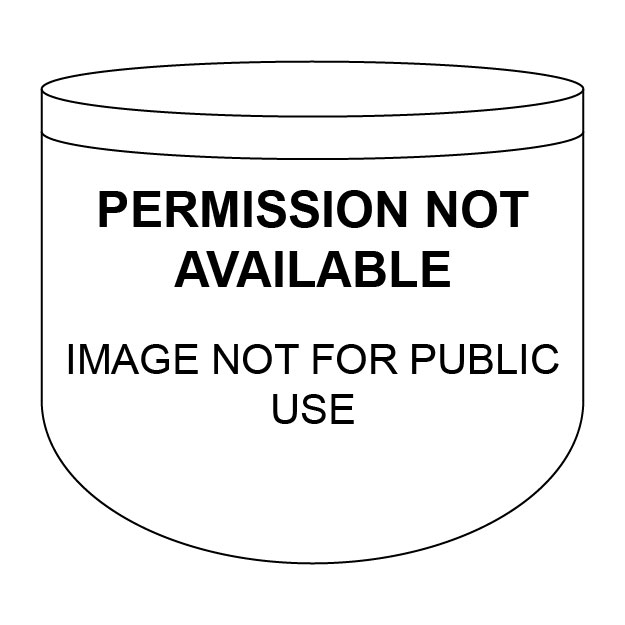Pencarreg No. 1

Image copyright © Thurlby, 2003
PERMISSION NOT AVAILABLE -- IMAGE NOT FOR PUBLIC USE
Results: 7 records
BH01: human figure - male - head
BH02: human figure - head - crowned
BH03: human figure - head - tonsured - cleric?
BH04: human figure - head
view of basin
view of basin - detail
INFORMATION
FontID: 06415PEN
Object Type: Baptismal Font1
Church/Chapel: Parish Church of St. Patrick
Church Patron Saints: St. Patrick [aka Pádraig, Padrig, Patricius]
Country Name: Wales
Location: Carmarthenshire, Dyfed
Directions to Site: Located on the A485, 6 km SW of Lampeter, 32 km NNE of Carmarthen, up the same road
Font Location in Church: Inside the church
Century and Period: 12th - 13th century, Late Norman / Transitional?
Cognate Fonts: Other Welsh "head" fonts and stoups at Llanwrtwl, Rhayader, St. Harmon, etc. [cf. FontNotes]; also fonts of the Mosan group
Font Notes:
Click to view
Described in Tyrrell-Green (1928) as one of "the type of font with four heads or faces at about equal distances around the bowl; [...] the fact that one of the head is crowned, while another is tonsured, seems to indicate that these heads stand for a king and an ecclesiastic respectively". Baker-Jones (1970) writes: ''At Pencarreg there is a unique font. The bowl consists of a plain circular limestone block. Standing out from the otherwise plain surface of the basin, and at equal distances from each other, are four human faces. The features are in rather low relief, doubtless because of the lack of skill in the sculptor and the hardness of the material. All the masks are of the same type, and probably represent Our Lord as a youth (without a beard), as a man (bearded) as the Crucified One (bearded, with head falling towards the left) and the Christ in Glory (crowned).'' Described and illustrated by Peter Lord, in Diwylliant... (1998-2003), who dates it to the 12th century and gives also the fonts at Rhayader, St. Harmon and Llanwrthwl as examples of other Welsh "head" fonts, although he indicates that the "Pencarreg heads are differentiated -one is crowned and another is tonsured, for instance- but their meaning remains obscure". Lord (ibid.) suggests that they "may represent the four estates of the Crown, the nobility, the Church and the laity", and makes reference to Drake (2002) in his description of the heads on the German font at Gross Giewitz [cf. Index entry for Gross Giewitz -- also for Pencarreg No. 2 for a holy-water stoup also decorated with head(s) in this church]. [NB: Peter Lord (ibid. appendix 280 re: fn72) cites The Royal Commission on Ancient and Historical Monuments' An Inventory of the Ancient Monuments in Wales and Monmouthshire. vol. V. County of Carmarthen (London, 1917), p. 234, in which the four heads are tentatively identified as: "Christ as youth (without a beard), as a man (bearded), crucified (head falling to the left), and glorified (crowned)", but argues that neither the expression of the faces nor the deteriorated and whitewashed relief helps in establishing the claim]. Noted and illustrated in Thurlby (2006), who suggests a 13th-century dating for this and the Llanwrtwl fonts through similarities with other such sculptural; details of the 13th century in nearby Bristol, and in Salisbury, for instance.
MEDIUM AND MEASUREMENTS
Material: stone
Font Shape: round (with heads)
Basin Interior Shape: round
Basin Exterior Shape: round (with heads)
LID INFORMATION
Date: modern?
Material: wood
Apparatus: no
Notes: wooden, flat and round, with metal decoration; appears modern
REFERENCES
The Visual Culture of Wales = Diwylliant gweledol Cymru, Cardiff: University of Wales Press, 1998-2003
Baker-Jones, D.L., "Looking at Carmarthenshire Churches", VII (1970), The Carmarthenshire Historian, 1970
Thurlby, Malcolm, Romanesque architecture and sculpture in Wales, Little Logaston, Woonton, Almeley, Herts.: Logaston Press, 2006
Tyrrell-Green, E., Baptismal Fonts Classified and Illustrated, London: Society for Promoting Christian Knowledge: The Macmillan Co., 1928